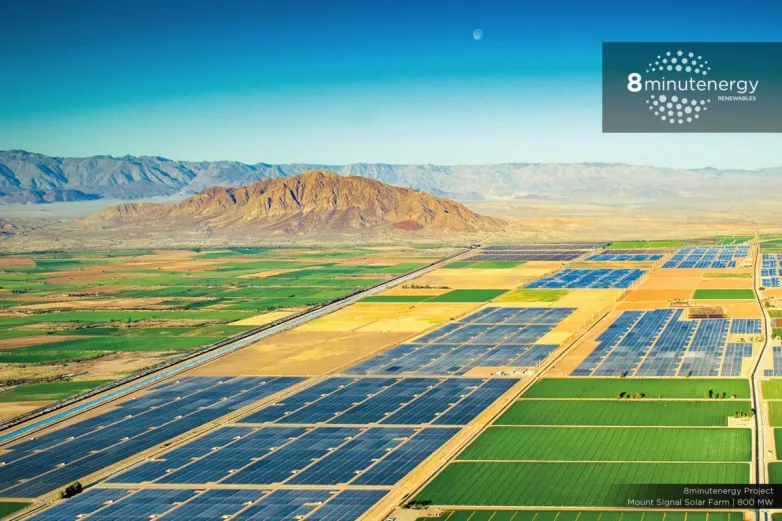Is a California solar+storage boom about to happen?
Aug 21, 2019 06:10 PM ET
- The California Independent System Operator has warned state regulators that there could be a 4.7 GW capacity shortfall in 2022, in the early evening hours of the annual peak demand events of September. The grid operator has suggested the alteration of water cooling laws, as well as increased procurement of resources.

The California Independent System Operator (CAISO) has suggested, in a response filed with the California Public Utilities Commission (CPUC), that “refinements (to an earlier analysis) indicate a greater operational deficiency reaching maximums of 2,300 MW, 4,400 MW, and 4,700 MW in 2020, 2021, and 2022, respectively.”
The grid manager of 90% of California’s electricity demand made two broad recommendations:
Move forward with efforts to extend the once-through-cooling regulation compliance dates for existing generation resources.
Develop a procurement plan for 2020-2022 to meet reliability needs and facilitate the retirement of any generating unit that receives an OTC compliance date extension.
The report noted a prior analysis done by utility Southern California Edison (SCE), which found that “the peak hour of the year occurs consistently in September. In 2020 and 2021, the projected peak falls within hour ending 17 (based on P.S.T. or 6:00 p.m. P.D.T.). By 2022, the peak shifts to hour ending 18 (based on P.S.T. or 7:00 p.m. P.D.T.).”
As such, the analysis looks at various hours within that period when determining what the shortfall could be. From the report, various electricity sources are shown, with solar power dropping as the evening progresses leading to the shortfall. Page 20 of the documents breaks out the capacity by source with number values, while pages 26-28 break the same hourly data below into numbers as well.
In 2020, for the hours ending 17 through 19, the resource adequacy-backed energy is 2,200 MW, 2,300 MW, and 1,500 MW less than the hourly capacity need. In 2021, for the hours ending 17 through 20, the reliability gaps increase to 4,000 MW, 4,400 MW, 3,800 MW, and 2,200 MW. Then in 2022, for the same hours as 2021, the gap is 3,900 MW, 4,700 MW (peak value), 4,200 MW, and 2,600 MW.
Also read


